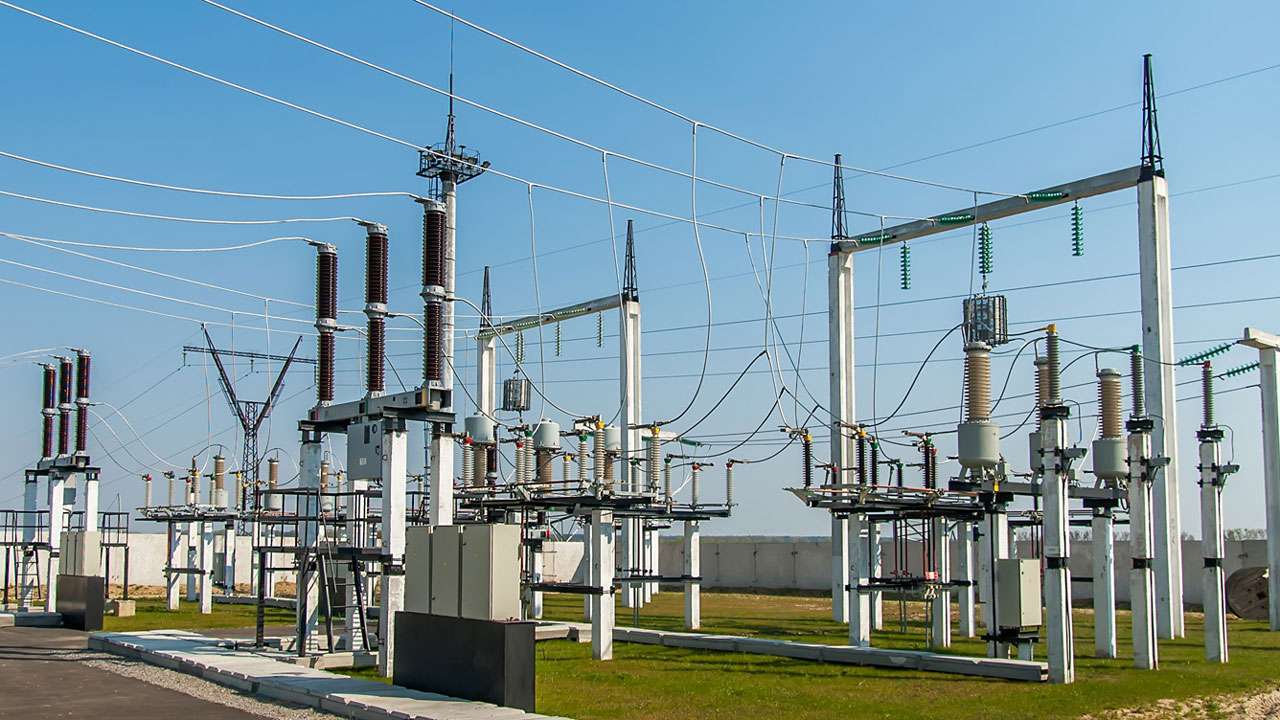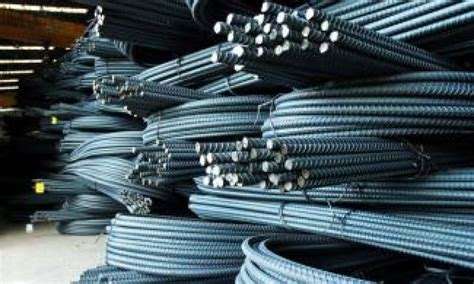Nigeria’s electricity output jumped by 30% to nearly 6,000 megawatts after recent upgrades to its aging power grid. Although the country can generate up to 13,000 MW, only about one-third of that capacity usually reaches consumers. This shortfall forces many households and businesses to rely on expensive generators.
Sule Abdulaziz, head of the Transmission Company of Nigeria, explained that the improvements included installing 66 new power transformers, building new substations, and laying down additional transmission lines. In a 2019 agreement with Siemens, backed by German banks, plans were set to revamp transmission lines and substations to eventually achieve 7,000 MW of reliable power by 2021 and 11,000 MW by 2023. While the project encountered some challenges along the way, the Federal Executive Council recently approved further reinforcement for seven existing transmission substations.
In a pilot phase, six projects added an extra 335 MW to the grid. Looking ahead, the next phase will see 15 older (brownfield) substations rehabilitated and 22 new (greenfield) substations constructed, which will further boost capacity. These grid improvements are being supported by government funding and multilateral organizations, including the World Bank and the African Development Bank. For instance, in January, the government secured $1.1 billion from the AfDB for the power sector and announced a separate $192 million, five-year plan to enhance transmission capacity.
Electricity generation reached a record high of nearly 5,802 MW on Tuesday, with recent figures around 5,590 MW on Thursday. The government remains optimistic about its goal to exceed 10,000 MW by the end of next year, a move that could significantly improve the quality and reliability of power for Nigerians.




